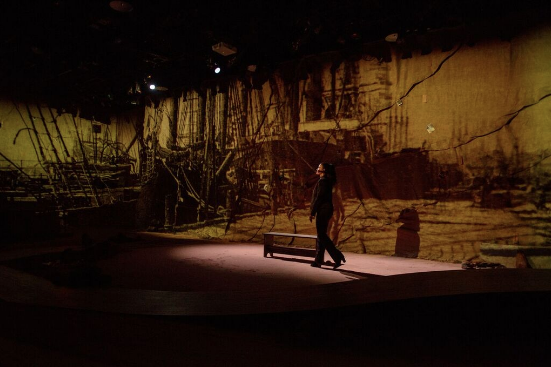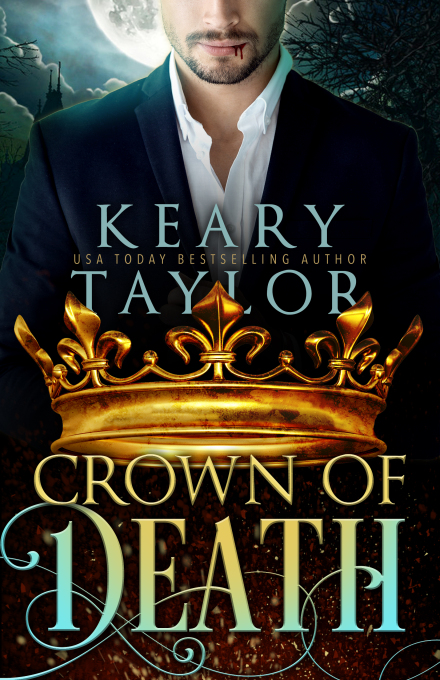Even without reading them in succession as I did, a lot of similarities emerge between Clifford D. Simak’s Way Station (1964) and Joe Haldeman’s The Forever War (1974), two classic science fiction novels published a decade apart. From humble beginnings, both ascended to the classic sci-fi cannon. Although they sometimes lack drama, they cultivate enough empathy for their lonely protagonists to keep readers (mostly) engaged until the end. Let’s examine the main parallels more closely.

One of my favorite things about classic sci-fi is how the cover art evolves over the decades!
Serial SuccessReaders and critics who snub episodic short-form fiction, sit down for this: both these canonized stories were originally published as magazine serials! Later, reconstituted in novel form, both went on to win coveted science fiction honors like the Hugo, Nebula, and Locus awards. (Maybe there’s hope for Syzygy yet!)
Anachronistic HeroesAlthough neither novel does a great deal of character development, parallel cultural estrangement renders both heroes sympathetic. In a world of extraterrestrial contact, they are the aliens, separated from other humans by a gulf of time.
- Way Station takes place in the mid-20th century, but its hero–Civil War veteran Enoch Wallace–has scarcely aged since Gettysburg. Living a reclusive lifestyle on his family’s rural homestead, Wallace operates a transit hub for extraterrestrial travelers. Society finally catches up with him when government officials get wind of his visitors.
- The Forever War, an unapologetic analog of the Vietnam War, follows a soldier named William Mandella through the ranks as he battles the little-understood Tauran race. Campaigning across galaxies and centuries, Mandella–a victim of time dilation during space travel–finds himself increasingly out of place in the world he’s fighting to save.
The original publication format may account for the episodic storytelling style both books exhibit. Instead of conventional plot structure, they meander through scenes and ideas that don’t always add up. Writing Syzygy taught me how challenging serial fiction can be: if you don’t begin with a well-structured outline, it’s all too easy to lose the plot (literally and figuratively) and let narrative tension slacken. These stories seemed to lose momentum as they progressed, and I found myself skimming the later pages.
- Way Station is an almost dreamlike read until the last few chapters, gliding through Wallace’s memories of the various alien races he’s encountered. Twin subplots–the obligatory government investigation and Wallace’s interactions with his hillbilly neighbors–are too predictable for much suspense, and a mysterious alien artifact is little more than a Hitchcockian “Macguffin” to nudge along the narrative. It’s less a plot than a framework for exploring classic themes of humanity’s dualism and how we might appear to more advanced civilizations. Pleasant enough bedtime reading, but hardly a page-turner.
- The Forever War manages more tension with its battle sequences, although by the end they drag on a bit, weighted down with technical explanations of various gadgetry. For a book hailed as a cornerstone of “military sci-fi”, it’s also weirdly obsessed with sexual politics. Mandella spends more and more time pondering society’s new relationship norms than fighting aliens, and by the end I wasn’t sure whether I’d read a military space adventure or an extended thought experiment about the future of gender. Either of these would make a worthy story, but they don’t cohere in this book and it makes the whole narrative feel a little disjointed.
I enjoyed both books for the most part. Neither one will keep you turning pages long past bedtime, but they are certainly worthwhile for exploring the science fiction genre’s unique ability to reflect the contemporary worlds of its authors.
Advertisements Share this:





